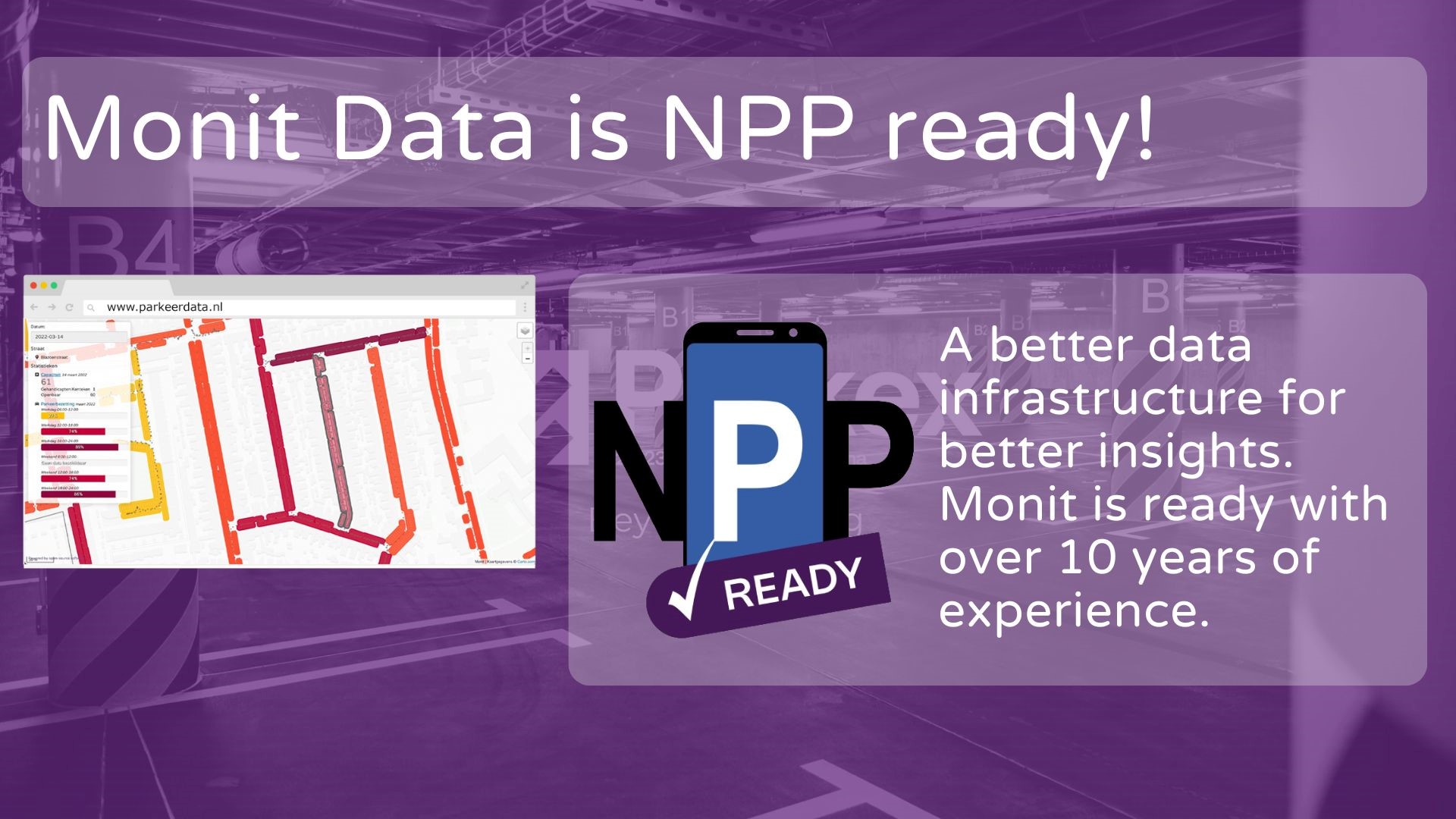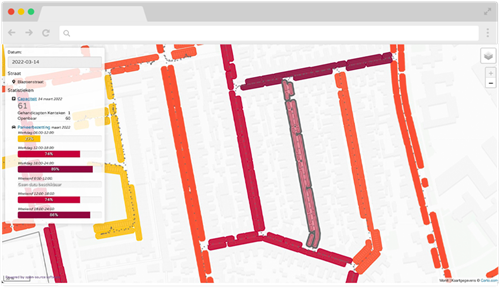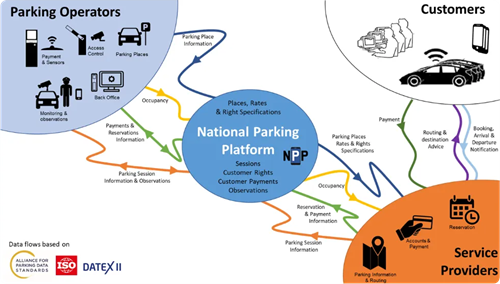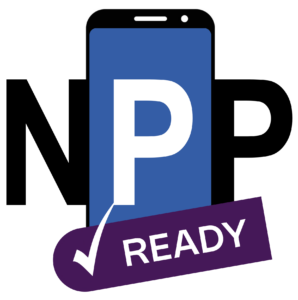Monit Data is NPP Ready!

Recent years have seen many initiatives to improve the availability of parking data. The United Kingdom has just launched such an initiative in form of the NPP (National Parking Platform) . These developments have allowed both public and private operators of parking facilities access to data-driven insights. Using this insights better parking policies, as well as financial and operational management are made possible. In this article we take a closer look at what is needed and what is possible with parking data.
Data and instant connectivity have been part of our world for many years now. Both as a private individual or as a business we’re used to having almost real-time insights and services at our fingertip. Whether it is reading out your energy consumption from your smart meter, or a company quickly seeing the current stock in its warehouse.
The diverse landscape of parking data
The parking and mobility industry has its own unique characteristics that has made getting these insights more challenging. With mobility and accessibility being central to our society but at the same time so geographically spread out, it has resulted in a very diverse landscape. In the last decades cities have each been taking control of ever busier urban car traffic by introducing some forms of paid parking. In this developing market of paid parking many different systems and suppliers emerged, such as for parking meters and barrier gates. And as our payment habits changed, from cash to card and nowadays apps, new connections between parking and payment providers were needed.
For cities it is a challenge to get good insights and provide good parking services in this complex landscape. There are many systems and parties which do not ‘talk’ easily with each other. Adding a new parking app to serve a parking facility can be a lot of work. And a lot of effort is often needed to just collect parking data – instead of being able to actually use it for policy making and management. Think for example of getting parking occupancy rates in a neighbourhood – often it is still a manual count done by observers a few times a year. Not really befitting the 21st century!
Data infrastructure as the foundation
Facing these challenges in this complex landscape various initiatives have been made to connect and provide data. The Netherlands proved to be an early leader and in 2010 created a data platform that connected the various parties in the parking industry. This platform consists of two elements, a service provider and a data infrastructure.
Parking data service provider
The service provider is the SHPV (service house parking and residency rights). This national organisation maintains a digital platform to access and process parking services. The service provider offers processing of on- and off-street parking, as well as parking permits as for example for residents. Both public and private operators of parking facilities, and providers of parking services can join SHPV. Currently 115 Dutch municipalities are connected to the platform.
Data infrastructure
The SHPV service provider uses a data infrastructure provided by the NPR (National Parking Register). This system registers the parking rights of a vehicle. This can be temporary rights by paying for parking in on- or off-street facilities, or permanent rights such as resident or business parking permits. The NPR also contains data on parking locations and tariffs so parking apps can charge the correct applicable costs. The parking rights are anonymised and accessible as open data for parties connected to the SHPV service provider.
The SHPV explained. Dutch audio only – select closed caption and auto-translate for the subtitles of your choice.
Advantages for all connected parties
The advantages of this centralized data platform have proven to be numerous. Parties connected to the platform get access to a multitude of services. Operators of parking facilities can use the services of several parking payment providers, and vice versa. For example for parking apps the platform gives in one swoop access to facilities nationwide including parking tariff information. And as contracts and payments are handled by SHPV administrative burdens are reduced.
A centralized platform also makes introduction of new mobility solutions easier. Such as the growing car sharing services, whereby a provider can get parking rights for a whole fleet in multiple cities. Cities in turn can monitor and charge parking costs based on actual usage to optimize car sharing in their desired mobility mix.
A gateway for more insights
The centralized data infrastructure also open doors to create better services. In the Netherlands we at Monit Data have built on the open data provided by the NPR, and using our bespoke data connectors, to give public and private operators of parking facilities better analytics. Our Parking Monitor cloud based software suite collects, combines and transforms data to valuable information and presents it on a user-friendly dashboard. Instead of wasting valuable resources on tedious data collection, operators can use our data-driven insights for decisions on parking policies, as well as financial and operational management. Monit Data provides over 40 Dutch municipalities with unparalleled insights and is the market leader in parking data analytics.
The Parking Monitor from Monit Data includes several functionalities. It provides analytics on parking occupancy and payments, for on- and off-street parking facilities. Both for short-term parking and permit holders. With the audit module you get a full overview of all your revenue streams, from payment done for the vehicle until it is deposited on your bank account. You can also analyse with the enforcement module any ‘hot spots’ where there is less willingness to pay for parking, allowing you to take corrective measures.

Parking occupancy registered by scancar.
By being connected to a centralized data infrastructure Monit Data can also provide new insights. A recent example is that we combined data available from enforcement scan cars as registered in the NPR, with location data of on-street parking facilities to create parking occupancy reports. Compared with traditional manual observations in this manner more regular and more accurate reports become available. This allows for better analysis of parking occupancy, such as showing seasonal trends, or zooming in on an area to see the effect of changed parking policies and tariffs.
Monit Data is ready for UK’s NPP
Several other countries have also started initiatives for a central parking data platform to capture the various advantages offered. In the United Kingdom the National Parking Platform (NPP) started trials in 2021 and has grown to 6 connected Local Authorities. In 2024 the NPP will be expanding nationwide. The NPP brings together parking operators, parking payment services, and parking systems and enforcement parties in an open data hub.

The National Parking Platform. Picture courtesy of https://npp.org.uk/
Monit Data has over the last decade developed an extensive knowledge and experience in providing Dutch municipalities with better parking insights based on using a centralized data infrastructure. With the UK developing a similar data infrastructure with the NPP Monit Data is excited to now also be able to help the Local Authorities in the UK with data-driven analytics for parking policies, and financial and operational management of parking facilities. This year we have been in extensive talks with the NPP team and we’re proud to say:
 Meet Monit Data at Parkex 2024
Meet Monit Data at Parkex 2024
Monit Data will be present at Parkex 2024 in Coventry on 22-23 May. You can find our team at Stand P40 at the CBS Arena. We invite you to drop by our booth and we’re happy to share our experiences how an open data infrastructure can help NPP members with better parking insights and innovative services.
About Monit Data
.png) Monit Data provides parking data analytics services for municipalities and private operators. User-friendly dashboards give clear information on car, EV, and bicycle usage. Use data-driven insights for urban mobility policies and day-to-day operational management.
Monit Data provides parking data analytics services for municipalities and private operators. User-friendly dashboards give clear information on car, EV, and bicycle usage. Use data-driven insights for urban mobility policies and day-to-day operational management.




Comments
There are no comments yet for this item
Join the discussion